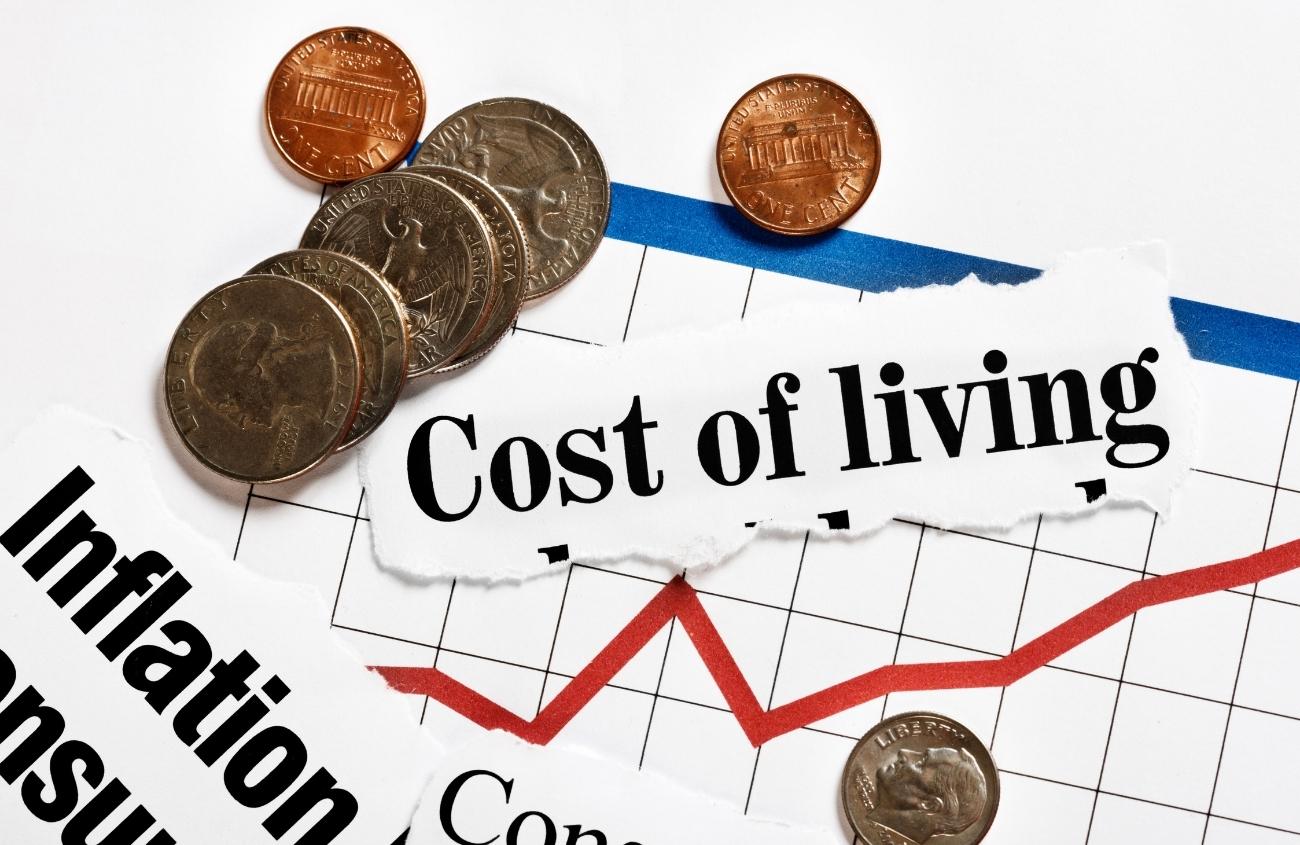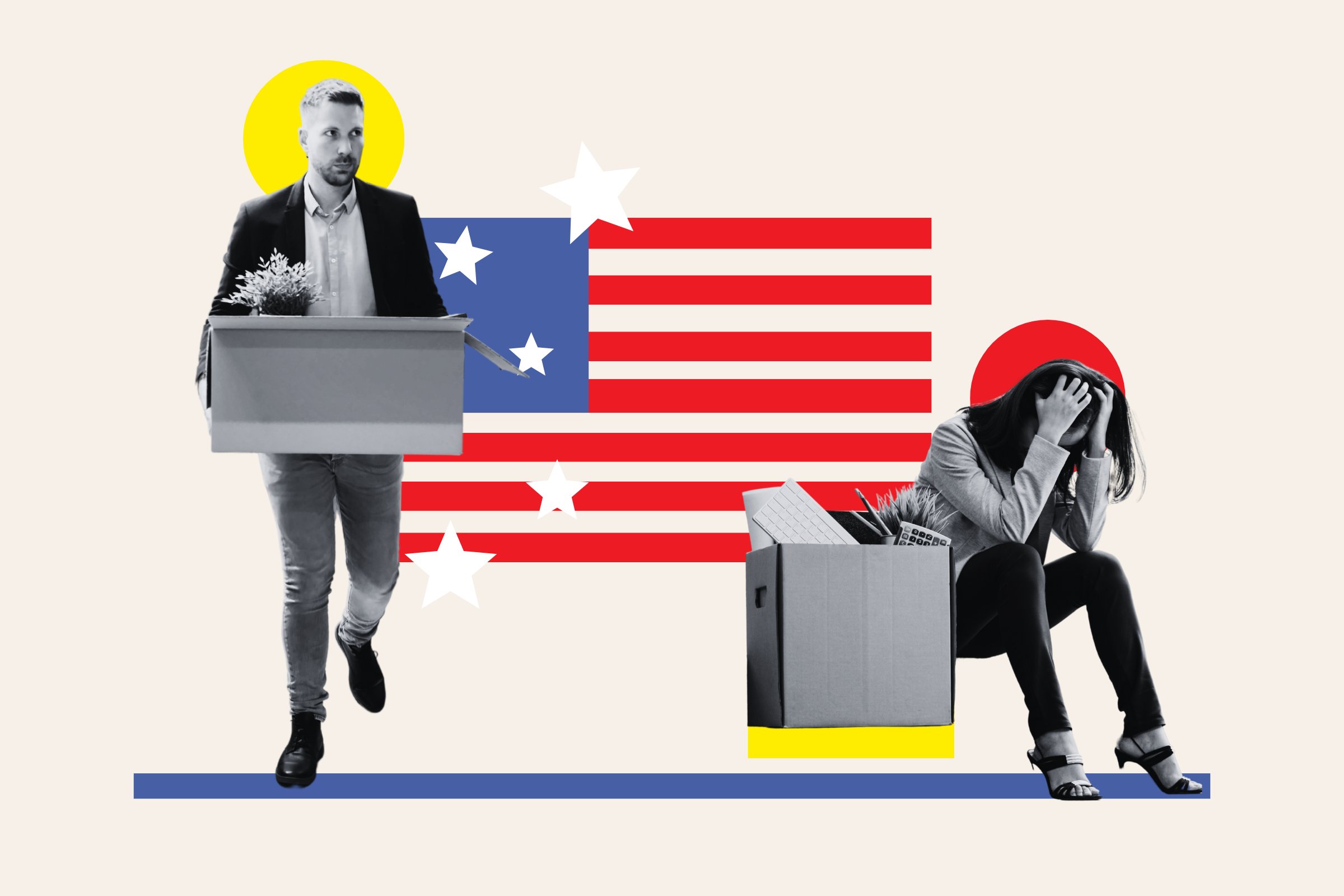Consumer Sentiment Report: October 2025 - How US Households Are Talking About Inflation, Value and the Cost of Living

Summary:
The Consumer Sentiment Report: October 2025 reveals an America still reeling from the long shadow of inflation. Across millions of social posts, people voiced anger and exhaustion over prices that “went up and never came back down.” Families described feeling cornered by relentless costs in housing, groceries, healthcare, and utilities, with even higher earners living paycheck to paycheck. Consumers are adapting through extreme price sensitivity—embracing coupons, switching brands, and cutting non-essentials—while expressing deep skepticism toward policymakers and corporations alike. For brands and leaders, the message is unmistakable: the modern consumer demands transparency, fairness, and proof of value in every purchase.
Consumer Sentiment Report: October 2025 - How US Households Are Talking About Inflation, Value and the Cost of Living
In October 2025, U.S. consumers continued to talk about the economy with urgency and frustration. In the last 30 days, there were approximately 4 million posts from U.S.-based users about the economy, prices, inflation and day-to-day costs. One-third of that conversation (33%) was explicitly negative. People were not just observing higher prices; they were angry about them and about the fact that, in their view, prices went up and never came back down.
What emerged was a very consistent story: Americans feel squeezed from every direction. Housing, groceries, healthcare, utilities and transportation all cost more, wages have not kept up, and even higher earners said they were living paycheck to paycheck. As a result, shopping has become strategic and survival-driven, not aspirational.
Core Consumer Message for October 2025
- Prices went up and never came back down.
- Inflation eroded savings and purchasing power.
- Families are cutting back and demanding clear value.
- Trust in policymakers to lower costs is weak.
Economic Anxiety and Blame Narratives
Consumers described inflation as the central force driving their financial stress. Many said excessive government spending, often described as “printing money,” functioned like a hidden tax. People blamed both parties. Biden-era spending, Trump-era tariffs, immigration and foreign aid, and general Washington dysfunction were all cited as reasons everyday costs are higher. There was also a strong sentiment that the system is rigged for the ultra-rich while ordinary households absorb higher bills.
High-Pressure Categories
Groceries and Food
Groceries were the most frequently cited pain points. Shoppers said their bill goes up every week, even when they buy the same items. Meat and protein, especially beef, were called too expensive. Parents said they now plan meals around promotions. Shrinkflation in packaged goods was noticed and criticized. Fast food and coffee purchases were also called “overpriced” or “a rip off,” suggesting that small-ticket indulgences are now being re-evaluated.
Housing and Utilities
Rent and housing were described as out of reach, especially for younger families. Some users tied housing costs to corporate buyers and property taxes. Utilities, especially electric bills, were reported as doubling or tripling within months. Because these are non-negotiable expenses, they amplify the feeling of being financially cornered.
Healthcare and Insurance
Healthcare and insurance premiums were called “skyrocketing.” People said that policies that were supposed to help ended up shifting costs back to households. A notable line of sentiment in October was that healthcare is becoming a luxury, not a service.
Transportation and Gas
Gas and car ownership costs were mentioned as another layer stacked on top of everything else. On their own they were not the biggest complaint, but in combination with housing, groceries and healthcare, they contributed to the overall squeeze.
How Consumers Are Adapting
The October discussion showed a consumer who is still spending, but with discipline.
Extreme price sensitivity. People are using store apps, stacking digital coupons, watching flyers and switching stores.
Menu and lifestyle changes. Families are buying in bulk from local suppliers, stretching meals and swapping proteins to manage costs.
Discretionary cuts. Snacks, branded drinks, fast food, coffee runs, streaming services and other treats were called “not worth it right now.”
Weakened brand loyalty. If a competing brand is on promotion, consumers will switch. Value now outranks familiarity.
Language Signals Brands Should Watch
- Overpriced
- Rip off
- On sale/promotion
- Not worth it
- Shrinkflation
- Paycheck to paycheck
- Hidden tax
These are defensive-spending terms. When this language dominates social conversation, marketing that ignores affordability, transparency or value will feel out of touch.
Implications for Brands, Retail and Financial Services
The October 2025 conversation shows a market that is highly value-seeking, not demand-deficient. People still want to buy, but only when the offer feels fair. This has several implications.
Promotions and clear value framing will outperform generic branding.
Content that acknowledges cost-of-living pressure will land better than content that celebrates growth.
Tools that help people budget, plan meals or reduce healthcare-related spending will be shared.
Transparent pricing and communication matter because consumers believe many products now give less for more.
Even as headline inflation has cooled from its peak, the consumer in October 2025 does not feel relief. The lived experience online is that inflation already did its damage: it drained savings, reset prices higher and forced households to become tactical. Americans say they are being squeezed from all sides and are now demanding more value for every dollar. For companies, policymakers and marketers, this means the winning message for the months ahead is simple and consistent with what people are saying online: we hear you, we know costs are high, and here is how we are helping you spend smarter.
Read More

Thanksgiving 2025 Social Media Trends What 2 Million Consumer Conversations Reveal
Thanksgiving 2025 conversations on social media revealed key consumer sentiments and trends, with over 2 million posts highlighting holiday planning, food prices, and family dynamics. Millennials, in particular, are shaping purchasing decisions. While overall sentiment was positive, concerns about specific item price spikes and distrust in AI-generated recipes emerged. Retailers can leverage insights on value, convenience, and transparency to better connect with consumers.
November 27, 2025
READ MORE

Black Friday 2025 What Consumers Really Said On Social Media About Holiday Spending
Black Friday 2025 saw over a million social media mentions in the US, revealing a complex consumer sentiment. While shoppers eagerly sought genuine value in deals, particularly for streaming services, electronics, and gaming, they also expressed growing fatigue and distrust due to perceived fake discounts, high-pressure tactics, and financial strain. The emergence of AI tools like ChatGPT and Gemini in the research and comparison process signifies a major shift in consumer behavior, demanding greater transparency and meaningful value from brands to gain trust in future holiday sales events.
November 27, 2025
READ MORE

How Americans Used AI for Thanksgiving 2025 What Millions of Conversations Reveal
As Americans navigated Thanksgiving 2025, artificial intelligence emerged as a helpful, yet cautiously adopted, assistant in the kitchen. While millions of social conversations reveal a willingness to use AI for tasks like generating grocery lists, finding substitutions, and understanding food safety, a significant skepticism remains regarding AI's ability to handle the critical elements of holiday meal preparation. The rise of 'AI slop' highlights concerns about low-quality or nonsensical AI-generated recipes, leading consumers to rely on trusted human sources for the main dishes. Ultimately, AI is seen as a valuable tool for planning and convenience, but not as a replacement for human expertise in crafting the centerpiece of the Thanksgiving table.
November 27, 2025
READ MORE

Best Buy Social Media Analysis Ahead of Earnings: What 500K Online Conversations Reveal
Ahead of its Q3 2025 earnings announcement, over 500,000 social media conversations paint a consistent picture of Best Buy: consumers appreciate its deals, product selection, and the promise of reliable tech support. However, significant frustrations persist regarding delivery issues, complex warranties, and poor customer service follow-through. Despite these operational challenges, Best Buy's brand appears stable and predictable, lacking major scandals or controversies, which suggests a low-drama earnings call and reinforces its image as a reliable, though not always seamless, retail brand.
November 25, 2025
READ MORE

Inside the Crumbling US Job Market: 18M Social Media Mentions on Work, Pay, and Layoffs
Conversations surrounding the US job market have surged, with 18 million social media mentions revealing widespread anxiety about work, pay, and job security. Layoff announcements are at a 22-year high, mirroring levels not seen since the Great Recession, while continuing unemployment claims are nearing four-year peaks. This sentiment is amplified by the emotional texture of online discussions, where people express struggles to afford bills, the necessity of second jobs, and burnout. Concerns about AI's potential to eliminate white-collar roles, coupled with frustrations over applicant tracking systems and 'ghost jobs,' further contribute to a deeply negative outlook, overshadowing positive stories of job acquisition and meaningful work.
November 21, 2025
READ MORE

The End of the U.S. Penny: What Social Listening Reveals About Value, Nostalgia, and America’s Evolving Relationship With Currency
The end of U.S. penny production sparked an online conversation far richer than a simple economic update — revealing a moment where money, memory, and national identity collided. Social listening shows Americans framing the discontinued coin as a cultural artifact, a childhood symbol, and a mirror for anxieties about inflation, political leadership, and a cashless future. Nostalgia blended with skepticism as collectors, financial commentators, and everyday users debated what the penny’s disappearance says about shifting priorities in a modernizing economy. In witnessing the final minting of a coin with 232 years of history, the public wasn’t just reacting to monetary policy — they were negotiating the meaning of value itself.
November 19, 2025
READ MORE

What U.S. Consumers Are Really Buying Right Now: Viral Trends, High-Tech Tools, and the New Psychology of Shopping
U.S. consumers are reshaping the retail landscape in real time, blending emotional impulse with unexpected investment as they navigate economic pressure and digital influence. Social conversations show that Americans are simultaneously splurging on high-performance niche tools, making impulsive TikTok-driven micro-purchases, and buying controversial or loosely regulated products that reveal widening trust gaps in the marketplace. Even as budgets tighten, spending on beauty, wellness, and status-defining items remains resilient, signaling that identity, comfort, and social proof matter more than ever. The result is a consumer environment where viral influence outweighs traditional marketing, transparency becomes a competitive advantage, and brands must track fast-moving cultural signals to stay relevant.
November 19, 2025
READ MORE

Target in Q3 2025: What 6 Million Social Media Posts Reveal About the Brand
Target’s Q3 2025 social footprint reveals a brand caught between strong product demand and increasingly strained execution. Shoppers still love Target’s private labels, seasonal magic and exclusive collaborations, but their enthusiasm is undercut by widespread frustration with understaffed stores, long checkout lines, messy environments, unreliable digital inventory, app glitches and inconsistent delivery through Shipt and Circle 360. Social and political debates as well as safety concerns add volatility to Target’s perception, even as private-label performance and holiday readiness remain clear strengths. The data shows a widening gap between Target’s brand promise and the real shopper experience - one that represents both a risk to loyalty and an opportunity for operational reinvention.
November 18, 2025
READ MORE

Restaurant Loyalty in a Squeezed Economy: What 18.9 Million Online Conversations Showed Us
In a strained 2025 economy, 18.9 million online conversations reveals that restaurant loyalty now hinges on one question: is it worth it right now? Consumers praised QSR and pizza chains like Domino’s, Taco Bell, and Chick-fil-A for speed, deals, and perceived value, while fast-casual favorites such as Chipotle and Cava faced growing backlash over $18–$25 meals that no longer felt justified. This shift highlights a pragmatic consumer mindset where affordability, portion fairness, and speed outweigh novelty — signaling that the next wave of restaurant loyalty will be earned not through brand heat, but through clear value and everyday credibility.
November 4, 2025
READ MORE